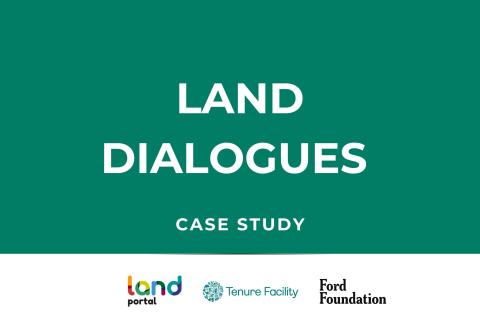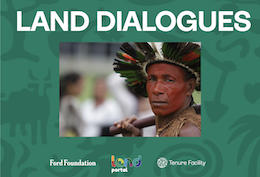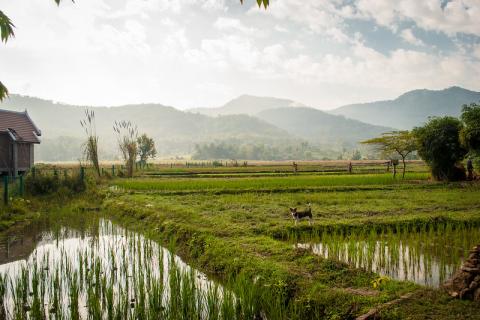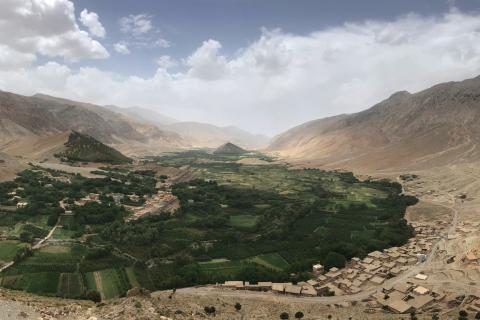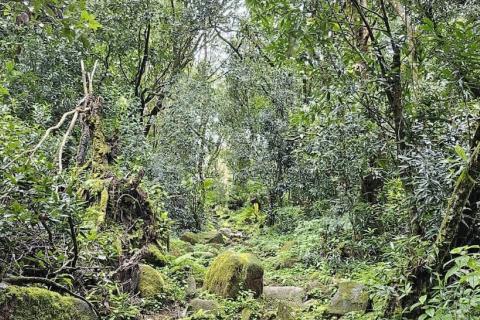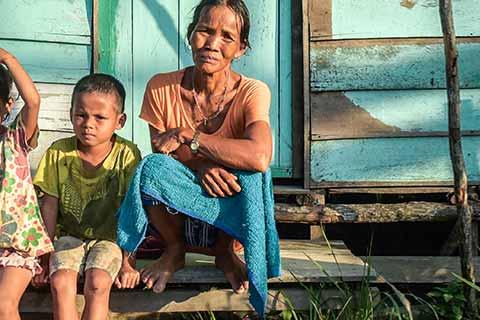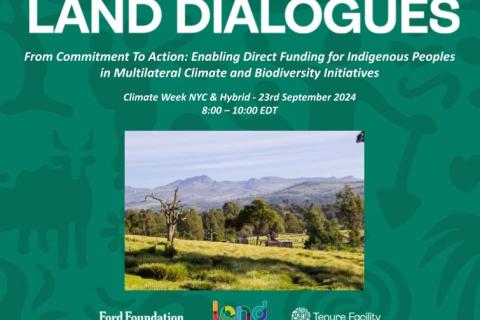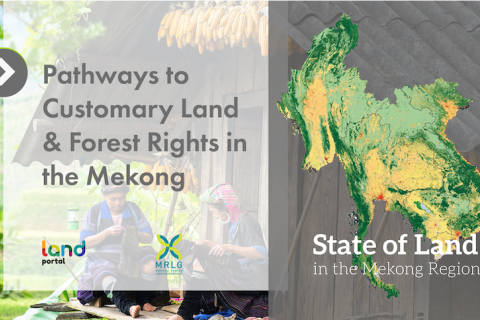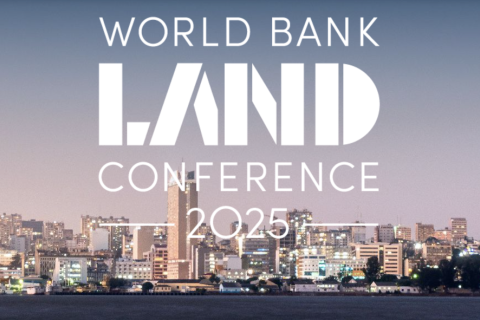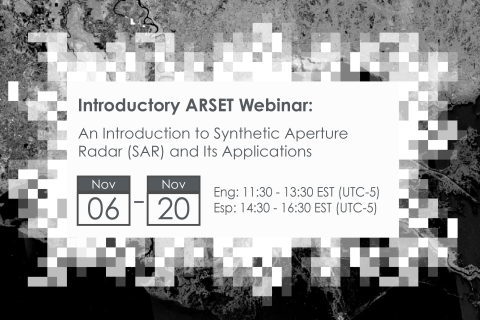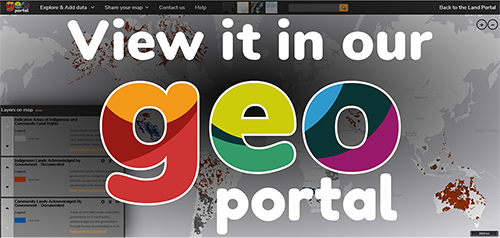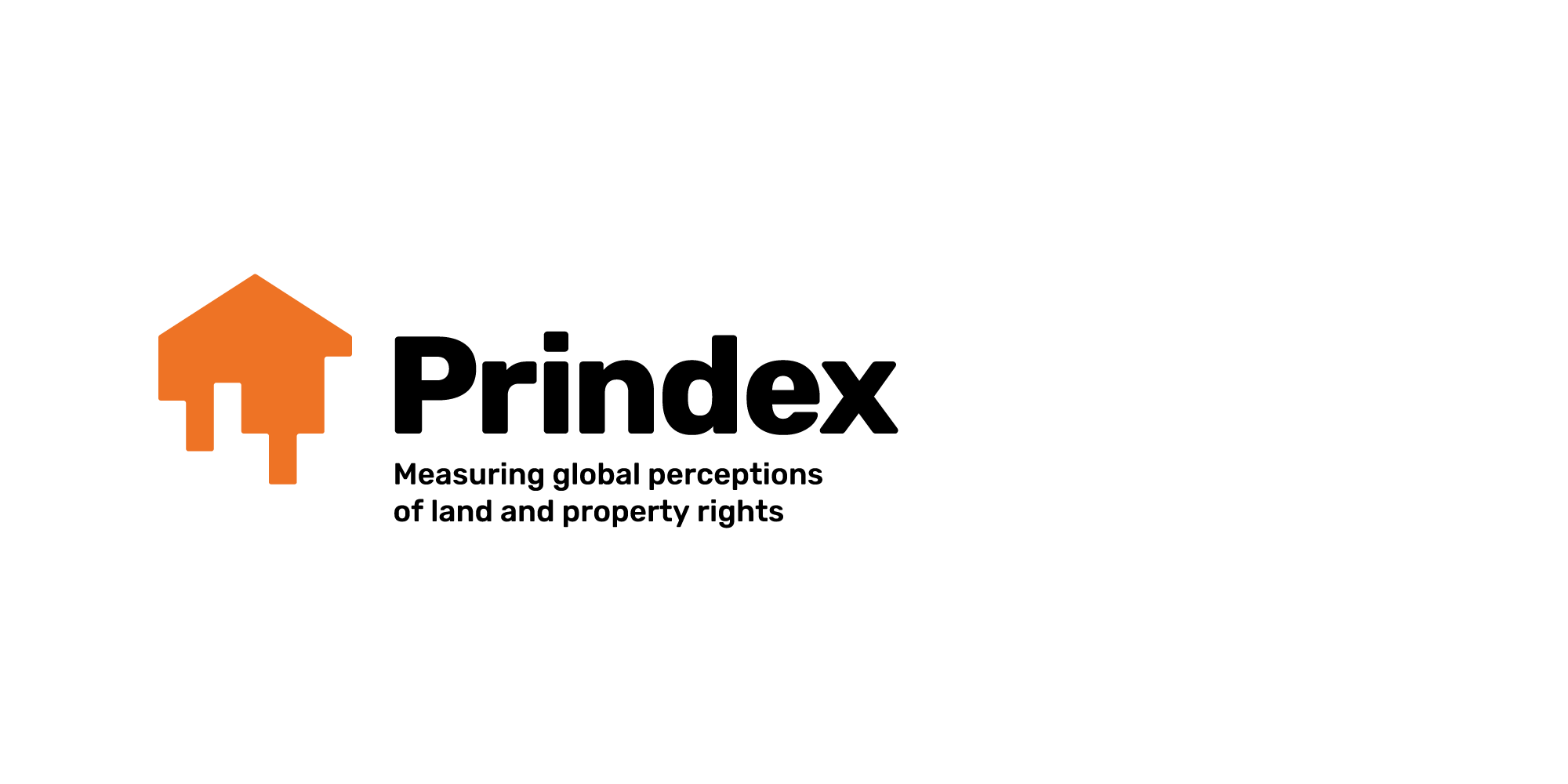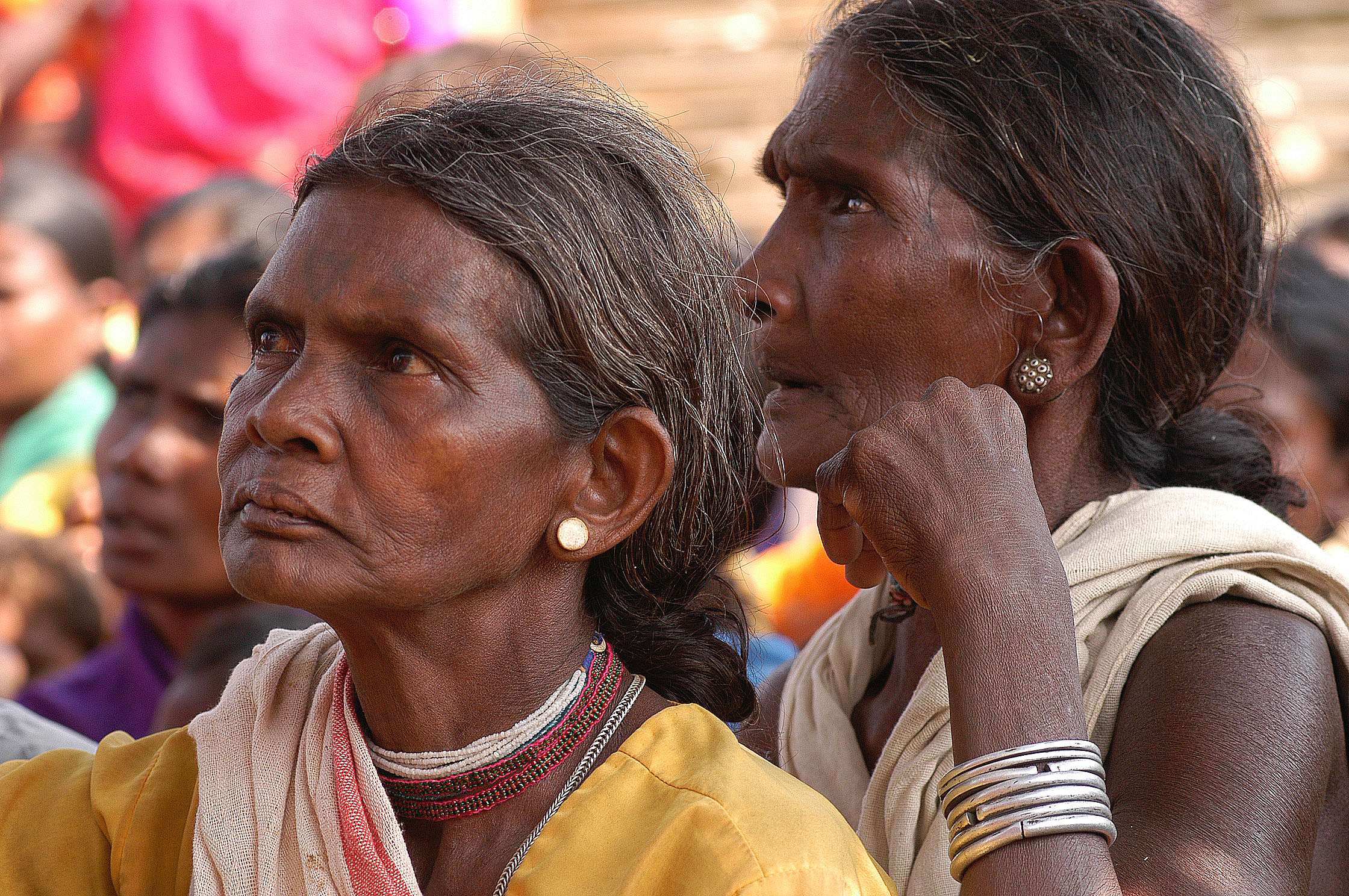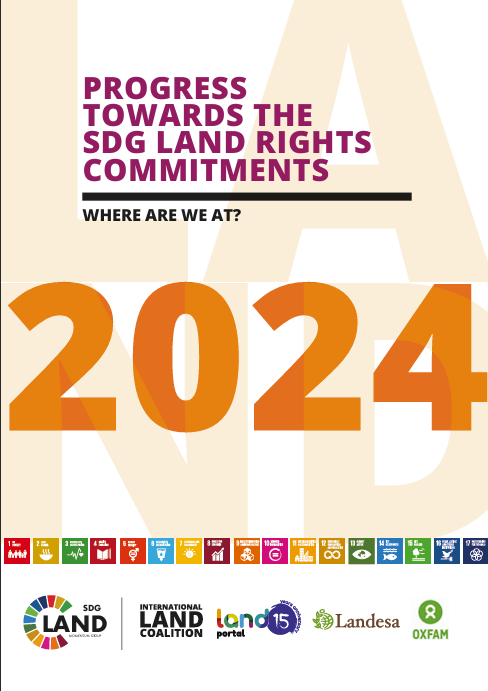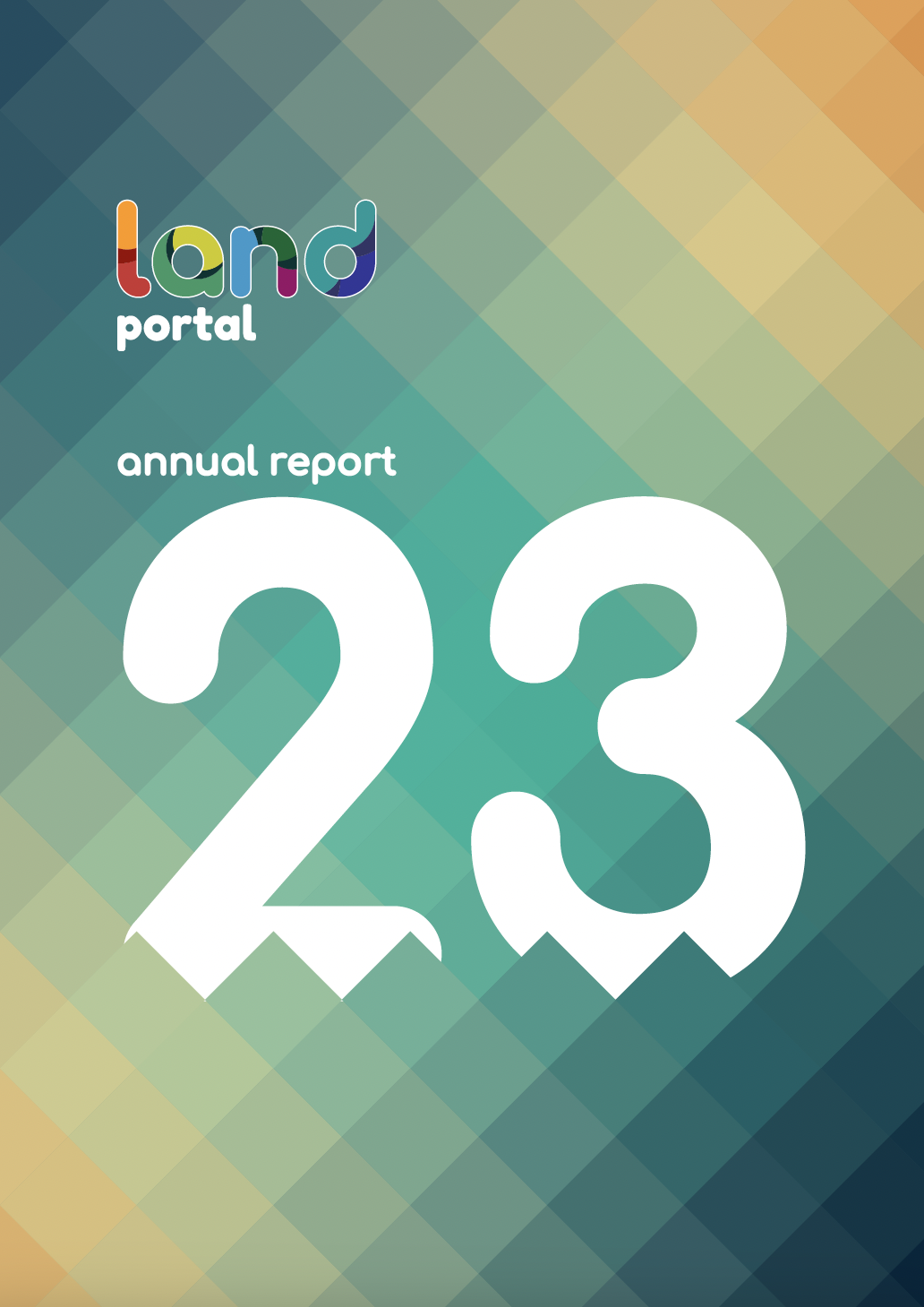Job Opportunities: Content Editors for French, Spanish and Portuguese languages
The Land Portal Foundation seeks three dynamic and highly motivated content editors (one per focus language) to maintain the Land Portal website up to date with various resources in French, Spanish and Portuguese, as well as to support translation and promotion of this content. This is a part-time consultancy position.
Bridging the Gap: Empowering Indigenous Communities Through Direct Climate Finance
27 September 2024
On September 23, 2024, a powerful hybrid event titled "From Commitment to Action: Enabling Direct Funding for Indigenous Peoples in Multilateral Climate and Biodiversity Initiatives" was hosted at the Ford Foundation headquarters in New York City as part of Climate Week. The event gathered Indigenous leaders, activists, multilateral fund representatives, and climate finance experts to address a critical question: Can multilateral mechanisms, with their sprawling bureaucracy, meet the urgent need for direct, fit-for-purpose funding for Indigenous Peoples on the frontlines of climate and biodiversity challenges?
Case study: What makes Land Dialogues a success?
19 September 2024
The Land Dialogues nurture a community of trust with Indigenous peoples, local communities, and Afro-descendent peoples by producing webinars that bring unlikely voices and perspectives together.
700+ indicators
Statistical data aggregated from trusted providers
66,000+ resources
Searchable library of open access publications
Countries
Land-locked Laos has the lowest population density in Southeast Asia and livelihoods mostly rely on rice farming and non-forest products. In 2023, the remaining forest cover reached a historic low with 40%. As a result of the Turning Land into Capital Strategy in 2006, the country has experienced massive investments in hydropower, and agricultural and forest concessions. The revised Land and Forestry laws of 2019 recognize customary tenure for the first time. Laos is highly vulnerable to climate stress.
Nicknamed the "country of the distant sunset," due to its western location compared to Levant countries of the Middle East, Morocco is a Maghreb country characterized by a wide variety of natural environments. Its landscapes range from snow-capped peaks to desert areas dotted with oases, arable plains, and oak and cedar forests. Over time, Morocco's rich history has shaped the way land is governed. The Islamization of the country, its colonization, and then its accession to independence successively transformed customary practices but did not entirely eliminate them. This complex history has resulted in a layered land tenure system, with different categories of land established during these various periods existing side-by-side today.
Issues
Forests and woodlands provide livelihoods for many communities who rely on timber, firewood, building materials, non-wood forest products, fodder, food, medical plants, and water. According to FAO, more than 2.6 billion people depend on forests and their products and services which are mostly used informally. Despite the importance of forest tenure reform, it has not received enough attention. Forest tenure and property rights determine who owns and manages forest resources.
The SDG Land Tracker provides easy access to official data and information on all land-specific SDG indicators. It concisely explains the indicators, why they are important, and tracks progress.



